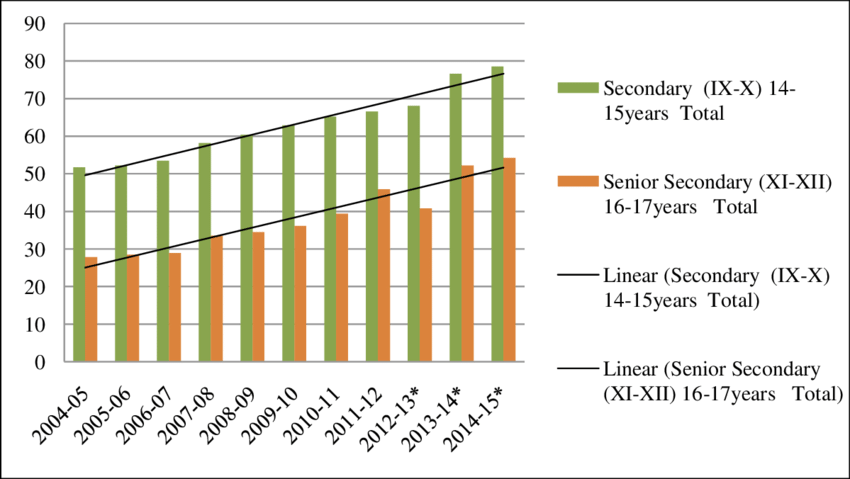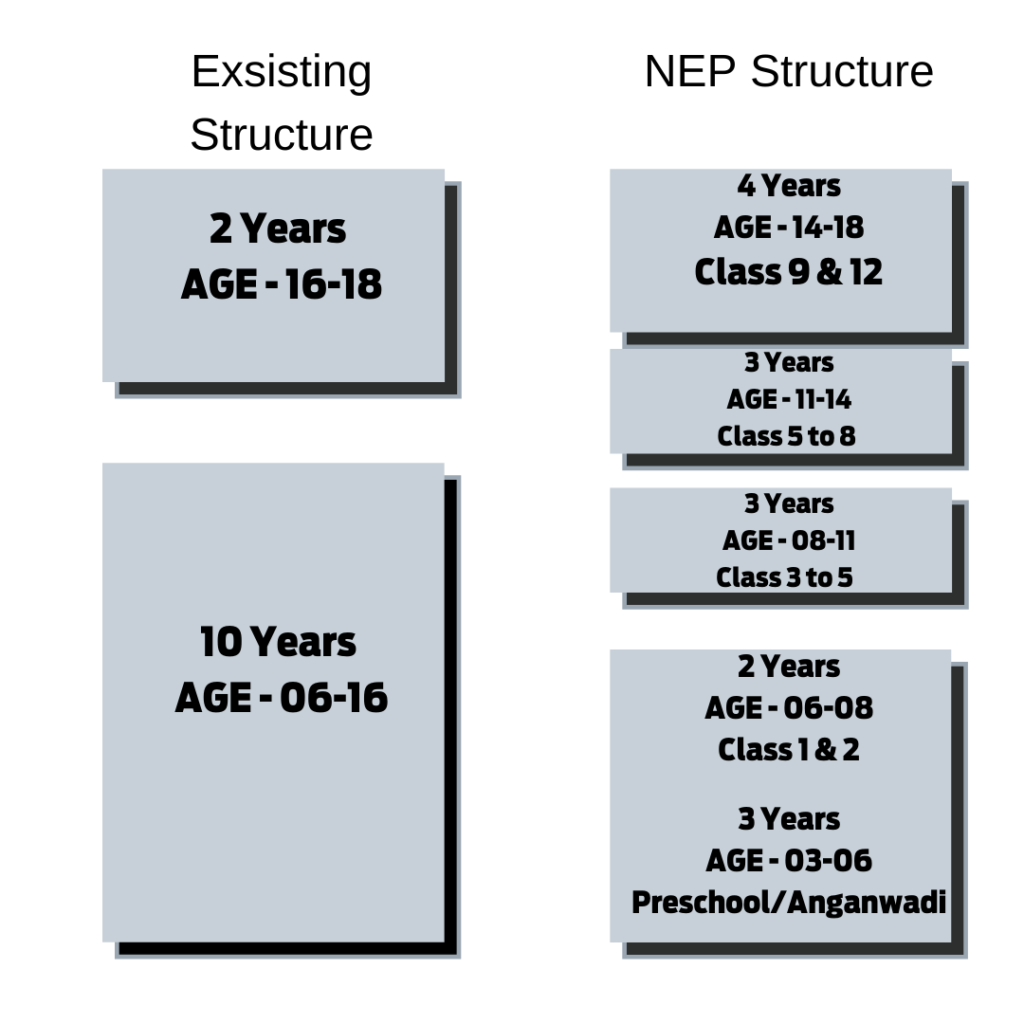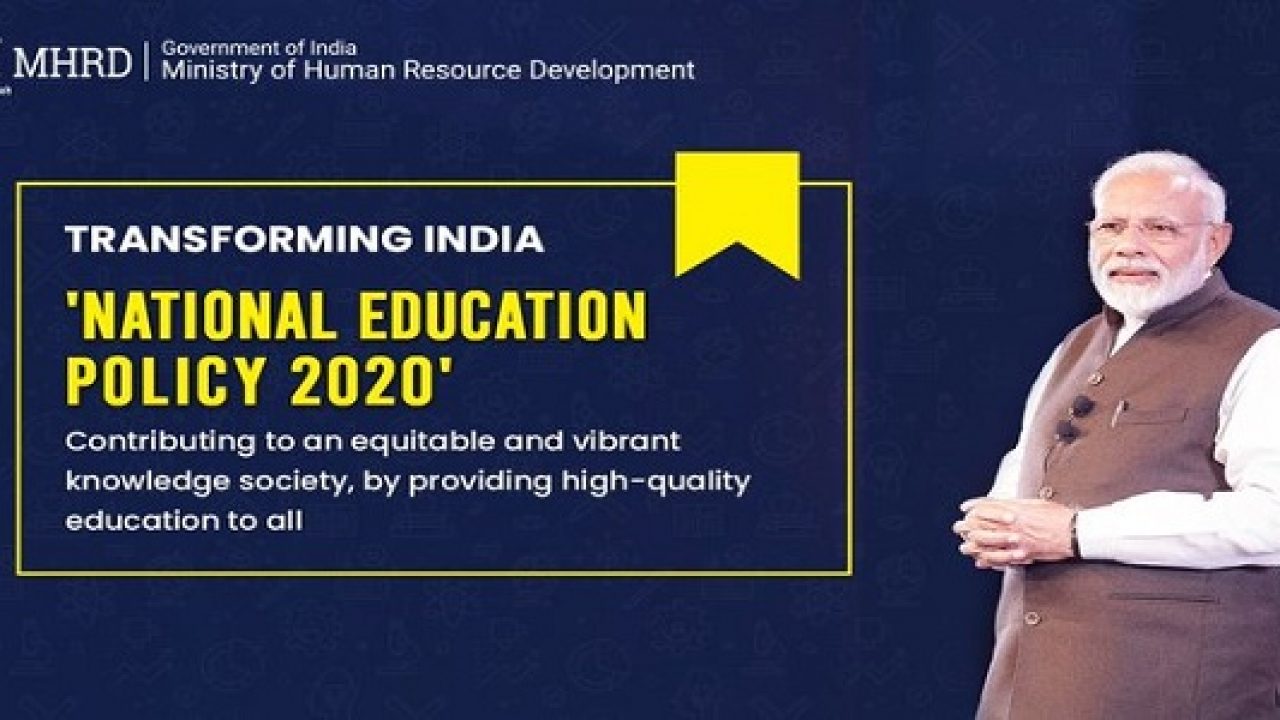National Education Policy
What is NEP?
On 29th, July 2020, the Union cabinet cleared a new National Education Policy (NEP) which proposed sweeping changes in school and higher education of India. A NEP is a complete framework to guide the development of education in the country.
The first education policy was passed in 1968 under Indira Gandhi. The second education policy was passed under Rajiv Gandhi in 1986. The 1986 NEP was revised in 1992 under P V Narasimha Rao. The third NEP is released in 2020 after a gap of 34 years.
What is the aim of NEP 2020?
NEP 2020 proposes to update the Indian education and get rid of many elements that are currently ailing it. It aims at making Indian a global knowledge superpower.
The new policy aims to discard rote learning techniques in favor of critical thinking, creative, and conceptual skills. It also aims to separate the role of government into two bodies. One will regulate education and the other will run state schools. This is expected to overcome the conflict of interest which currently results in glossing over the poor performances of the state schools.
What are the changes for School Education in NEP 2020?
The main points in NEP 2020 for school education are as follows –
-
Universalization of education from preschool to secondary level with 100% Gross Enrollment Ratio (GER) by 2030.

-
New School Structure
 The current 10+2 system to be replaced by a new 5+3+3+4 curricular structure corresponding to ages 3-8, 8-11, 11-14, and 14-18 years respectively. This will officially bring the children of age 3-6 under the education curriculum. This age has been recognized globally as the crucial stage for the development of the mental faculties of a child. The total schooling years for school education will be 12 years which includes 3 years of Anganwadi or Pre-Schooling.
The current 10+2 system to be replaced by a new 5+3+3+4 curricular structure corresponding to ages 3-8, 8-11, 11-14, and 14-18 years respectively. This will officially bring the children of age 3-6 under the education curriculum. This age has been recognized globally as the crucial stage for the development of the mental faculties of a child. The total schooling years for school education will be 12 years which includes 3 years of Anganwadi or Pre-Schooling.
-
Teaching up to at least Grade 5 will be in mother tongue/regional language.
This will ensure that regional languages get due importance in the education of children and is not neglected in favor of any universal language.
-
Emphasis on Foundational Literacy and Numeracy –
What is Foundational Literacy?
It is the skills students need to correctly and smoothly read the words on the page, including phonemic awareness, the alphabetic principle, phonics, spelling, and fluency.
What is Foundational Numeracy –
It is the skill or ability to use, interpret, and communicate mathematical information to solve real-world problems. These include the ability to understand basic math like addition, subtraction, division and multiplication
-
Vocational Education to start from Class 6 with Internships.
What is Vocational education?
Vocational education is education that prepares people to work as a technician or to take up employment in a skilled craft or trade ie tradesperson or artisan.
-
Assessment reforms with 360-degree Holistic Progress Card, tracking Student Progress for achieving Learning Outcomes.
What this means is that report cards will no longer only contain grades and numbers. It will reflect the various skills of the student in an easy, simple, and comprehensive manner.
-
A new and comprehensive National Curriculum Framework for Teacher Education, NCFTE 2021, will be formulated by the NCTE in consultation with NCERT.
This aims in ensuring proper educated teachers being available for imparting quality education. The criteria to become a teacher will be made stringent so that only the proven and qualified candidates are allowed to teach the future of the nation. By 2030, the minimum degree qualification for teaching will be a 4-year integrated B.Ed. degree.
What are the changes for Higher Education in NEP 2020?
-
Gross Enrolment Ratio in higher education to be raised to 50 % by 2035; 3.5 crore seats to be added in higher education.
The Gross Enrolment Ratio (GER) in higher education has increased from 25.8 percent in 2017-18 to 26.3 percent in 2018-19, while in absolute terms the enrolment increased from 3.66 crores to 3.74 crore students, according to All India Survey on Higher Education (AISHE).
-
Multiple Exit point in undergraduate studies –
The policy envisages broad-based, multi-disciplinary, holistic Undergraduate education with flexible curricula, creative combinations of subjects, integration of vocational education, and multiple entries and exit points with appropriate certification. UG education can be of 3 or 4 years with multiple exit options and appropriate certification within this period. The exit will be documented with appropriate certifications. For eg, a certificate after completing 1 year in a discipline or field including vocational and professional areas, a diploma after 2 years of study, or a Bachelor’s degree after a 3-year program.
-
Academic Bank of Credits to be established to facilitate Transfer of Credits
An Academic Bank of Credit, or ABC, will be established to digitally store the academic credits earned from various recognized higher educational institutes so that the credits earned in the previous years can be awarded after entering into the program again. This will avoid wastage of years due to dropping out.
-
Multidisciplinary Education and Research Universities (MERUs), at par with IITs, IIMs, to be set up as models of best multidisciplinary education of global standards in the country.
Institutes with a focus on interdisciplinary research including in the humanities and social sciences research will be set up. The policy mentions that even leading engineering institutions, such as the IITs, will move towards multidisciplinary education with more arts and humanities.
-
The National Research Foundation will be created as an apex body for fostering a strong research culture and building research capacity across higher education.
The government has plans to set up a National Research Foundation (NRF) with an aim to catalyze and energize research and innovation across all academic disciplines, particularly at the university and college levels,
-
Higher Education Commission of India(HECI) will be set up as a single overarching umbrella body for the entire higher education, excluding medical and legal education.
HECI will have four independent verticals –
National Higher Education Regulatory Council (NHERC) for regulation
General Education Council (GEC) for standard-setting,
Higher Education Grants Council (HEGC) for funding
National Accreditation Council( NAC) for accreditation.
Public and private higher education institutions will be governed by the same set of norms for regulation, accreditation, and academic standards.
-
Affiliation of colleges is to be phased out in 15 years.
A stage-wise mechanism is to be established for granting graded autonomy to colleges. Over a period of time, it is expected that every college would develop into either an Autonomous degree-granting College or a constituent college of a university.

